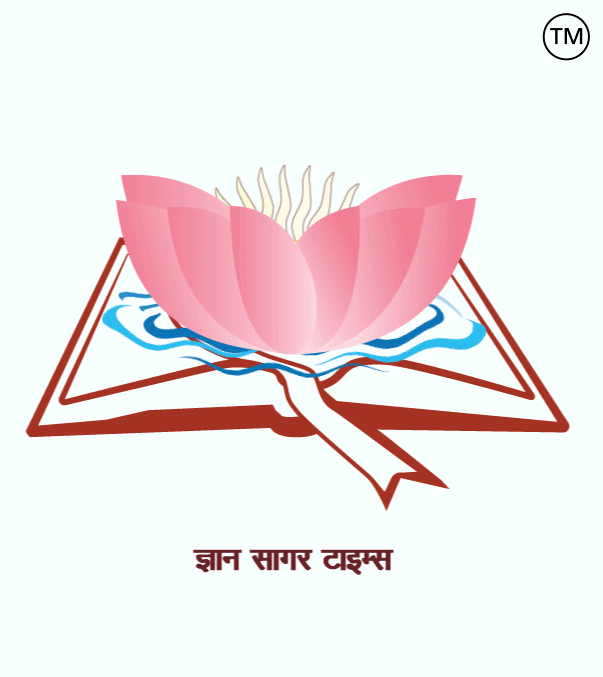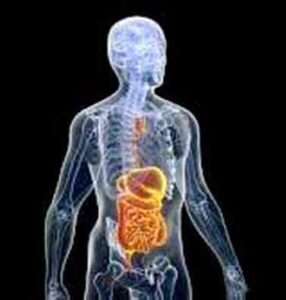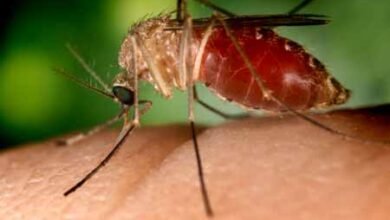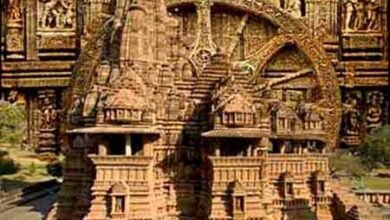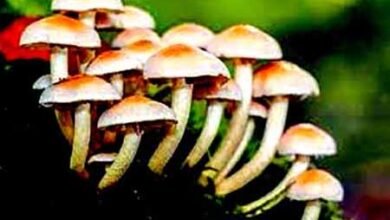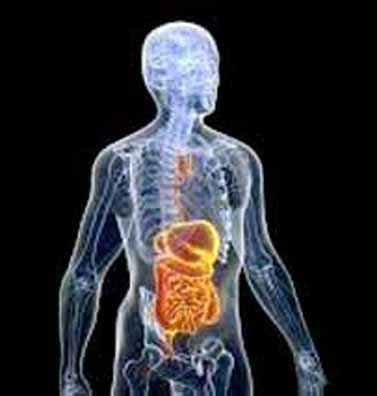
Related To Zoology -189.
|
1. Who discovered bacteria first? = Antonie van Leeuwenhoek. 2. Who named the word hormone? = Ernest Starling. 3. Which disease is related to the respiratory system? = Asthma, Chronic Obstructive Pulmonary Disease (COPD), Pneumonia, Lung Cancer, Influenza (Flu), Bronchitis, and Emphysema. 4. The blood pressure of a healthy person is? = 120/80 mm Hg. 5. The amount of glucose in the blood is controlled by? = Hormones called insulin and glucagon. 6. Which disease is spread by bacteria? = Typhoid, cholera, tuberculosis (TB), and pneumonia. 7. Which disease is caused by bacteria? = Cholera, typhoid, tuberculosis (TB), plague, pneumonia, and leprosy. 8. Influenza disease is caused by? = Virus. 9. Warm-blooded animals are? = Aves (Birds) and Mammals. 10. How many bones are there in a human skull? = 08. 11. Red colour in blood is due to? = Hemoglobin. 12. Antigen is a substance that promotes the formation of ? = antibodies 13. With whose help does an amoeba consume food? = pseudopodia. 14. Which organ is usually affected by aflatoxin food poisoning in humans? = Liver. 15. Japanese encephalitis is caused by? = Virus. 16. Where is the pituitary gland located in the body? = Located at the base of the brain, behind the bridge of the nose, in a bone cavity called the sella turcica. 17. Bile is stored in? = Gall bladder. 18. What is especially needed to digest food in the stomach? = Digestive enzymes, water, and fiber. 19. What does the saliva coming out of the mouth digest? = Starch. 20. Which acid is present in the human stomach? = Hydrochloric acid (HCl). 21. In the digestive process, protein is converted into which substance? = Amino acids. 22. Which is the organ that stores carbohydrates in the form of glycogen in the human body? = Liver and skeletal muscles store carbohydrates in the form of glycogen. 23. Bile is produced by? = Liver. 24. How much time does it take for the heart to beat once in a human body? = 0.8 seconds. 25. In a healthy person, the heart beats per minute? = 60 to 100 times. 26. The blood pressure (systolic) and diastolic of a healthy person? = 120/80 mm Hg. 27. Where are genes located? = Chromosomes. 28. How many parts does the stomach have? = There are three main parts: cardiac, fundus, and pylorus. 29. Where does most of the absorption of digested food take place? = Small intestine. 30. The largest gland found in the body is? = Liver.
Dr. (Prof.) Amarendra Kumar. ============== ================ ============== जंतु विज्ञान से संबंधित-189. 1. जीवाणु की खोज सर्वप्रथम किसने किया था? = एन्टनी वॉन लीउवेनहॉक. 2. हॉर्मोन शब्द का नामकरण किसने किया था? = अर्नेस्ट स्टार्लिंग. 3. श्वसन तंत्र से संबंधित कौन-सी बीमारी होती है? = अस्थमा, क्रॉनिक ऑब्सट्रक्टिव पल्मोनरी डिजीज (COPD), निमोनिया, फेफड़ों का कैंसर, इन्फ्लूएंजा (फ्लू), ब्रोंकाइटिस, और वातस्फीति. 4. एक स्वस्थ मनुष्य का रक्त चाप होता है? = 120/80 mm Hg. 5. रक्त में ग्लूकोज की मात्रा नियंत्रित रहता है? = इंसुलिन और ग्लूकागन नामक हार्मोन. 6. बैक्टीरिया से फैलने वाला रोग है? = टायफाइड, हैजा, तपेदिक (टीबी), और निमोनिया. 7. बैक्टीरिया से कौन सा रोग होता है? = हैजा, टायफाइड, तपेदिक (टीबी), प्लेग, निमोनिया, और कुष्ठ रोग. 8. इन्फ्लूएन्जा रोग होता है? = विषाणु. 9. नियततापी प्राणी [Warm-Blooded Animal] है? = पक्षी (Aves) एवं स्तनधारी (Mammals). 10. मनुष्य की खोपड़ी में कितनी अस्थियां होती है? = 08. 11. रक्त में लाल रंग किसके कारण होता है? = हीमोग्लोबिन. 12. एन्टीजन (प्रतिजन) (Antigen) एक ऐसा पदार्थ है जो? = प्रतिरक्षी के निर्माण को बढ़ावा देता है. 13. अमीबा किस की मदद से भोजन ग्रहण करता है? = कूटपाद (pseudopodia). 14. मनुष्य में एफ्लाटाक्सिन खाद्य विषाक्तन द्वारा सामान्यतः कौन सा अंग प्रभावित होता है? = यकृत (लीवर). 15. जापानी एनसेफिलाइटिस का कारक होता है? = वायरस. 16. पीयूष ग्रन्थि शरीर में किस स्थान पर स्थित होती है? = मस्तिष्क के आधार में, नाक के पुल के पीछे, सेला टर्सिका नामक हड्डी की गुहा में स्थित होती है. 17. पित्त आसव में संग्रहित होता है? = पित्ताशय. 18. पेट में भोजन को पचाने के लिये किसकी खास आवश्यकता होती है? = पाचक एंजाइमों, पानी, और फाइबर. 19. मुख से निकली लार [Saliva] किसका पाचन करती है? = स्टार्च (Starch). 20. किस अम्ल की उपस्थित मानव के पेट में होती हैं? = हाइड्रोक्लोरिक अम्ल (HCl). 21. पाचन क्रिया में प्रोटीन (Protein) किस पदार्थ में बदल जाता है? = अमीनो एसिड (amino acids). 22. वह कौन सा अंग है जो मानव शरीर में ग्लाइकोजेन के रूप में कार्बोहाइड्रेट को जमा कर रखता है? = यकृत (लीवर) और कंकाल की मांसपेशियां (स्केलेटल मसल्स) ग्लाइकोजन के रूप में कार्बोहाइड्रेट को जमा करती हैं. 23. पित्त किसके द्वारा पैदा होता है? = यकृत (Liver). 24. मनुष्य के शरीर में हृदय को एक बार धड़कने के लिये कितना समय लगता है? = 0.8 सेकंड. 25. स्वस्थ्य मनुष्य में प्रति मिनट हृदय स्पन्दन होता है? = 60 से 100 बार होता है. 26. स्वस्थ्य मनुष्य का रक्त चाप (सिस्टालिक) व डाइस्टालिक होता है? = 120/80 mm Hg. 27. जीन कहां स्थित होते हैं? = गुणसूत्रों (chromosomes) में. 28. आमाशय के कितने भाग होते हैं? = तीन मुख्य भाग होते हैं: कार्डियक, फंडस और पाइलोरस. 29. पाचित भोजन का सर्वाधिक अवशोषण कहाँ होता है? = छोटी आँत. 30. शरीर में पाए जाने वाली सबसे बड़ी ग्रन्थि होती है? = यकृत (Liver).
डॉ. (प्रो.) अमरेंद्र कुमार.
|

